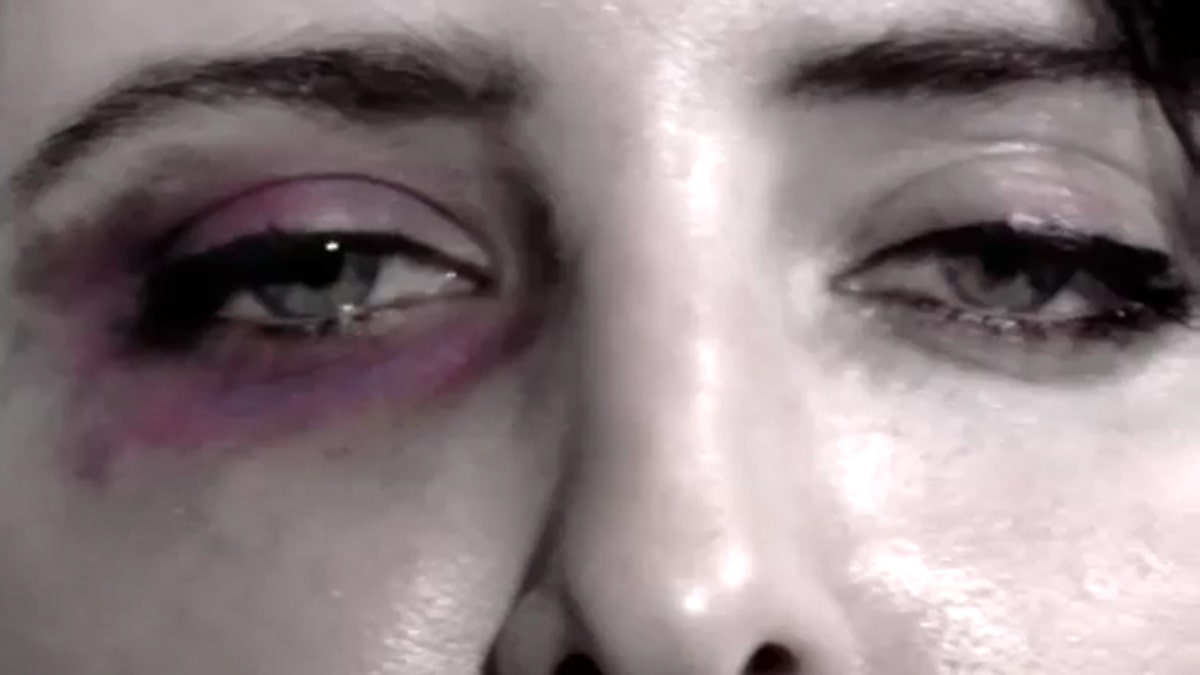
An Argentinean man is accused of soaking his 24-year-old former lover with alcohol then setting her on fire. She died of severe burns days later, and an autopsy revealed she was pregnant.
The woman, Fatima Catan, became the latest victim of deadly violence against women --femicide-- in a country and region that has long struggled to rally against such violence. Catan was one of 260 women killed in Argentina last year – an alarmingly high number of them were burned to death and a larger number of them, or about 64 percent, were killed by ex-lovers.
Her death, and a sudden rise of femicide cases in Argentina as well as other parts of Central and South America, underscores the ongoing issues of domestic violence and other forms of violence against women in Latin America.
According to a 2010 report by Amnesty International, there were increased reports of domestic violence, rape and murders against women in Mexico, Guatemala, El Salvador and Honduras the past few years.
Guatemala, where on average two women are killed each day, has long been talked about as being the worst example of crimes against women in the hemisphere. The laws are so weak that U.S. immigration lawyers have successfully blocked deportation orders to Guatemala simply because their client was a woman – and would be returning to a country with no safety net for women.
In the past decade, close to 4,000 women have been killed in Guatemala, which has a population of less than 15 million. About 800 women were killed in 2009 and 685 were killed last year, many of them women afraid to leave their abusive lovers. Some had sought help but were rebuffed by local authorities. Less than 4 percent of the cases were solved, according to Amnesty International.
Pressured by international groups like Amnesty International, the United Nations and Human Rights First, the country began passing laws that outlawed violence against women.
Yet, violence against women continues to be a major problem in Guatemala. In 2009, the first year the law was enacted, only three men were convicted and sentenced under the law, even though the first two weeks of that year 26 women were killed.
“Women in Guatemala are dying as a consequence of the State's failure to protect them," said Sebastian Elgueta, Guatemala researcher at Amnesty International. “High levels of violence and a lack of political will along with a track record of impunity, mean authorities are both unable to pursue perpetrators, or just don't care. Perpetrators know they will not be punished."
In Argentina, domestic violence hotlines are manned 24 hours a day and a slew of psychological, social and legal services are offered for battered women in need.
The country's Supreme Court reports that domestic violence cases rose 75 percent the past two years. In January of 2009, there were 375 cases and in January of this year there were 657 cases, according to María Pinto, the Supreme Court's business secretary.
The number of cases of women getting burned rose from six in 2009 to 11 in 2010. And the number of women getting killed increased by 30 percent the past three years, with 260 femicide cases in 2010.
“(Many women) learn to coexist with domestic violence because their mothers and their grandmothers lived the same situation,” said Rico, of La Casa del Encuentro in Argentina.
But Rico said women are beginning to understand that they should report abuse, and they will get help if they seek it.
“It’s important for them to know where to ask for (help)," Rico said. "Because they cannot escape alone from that hell.”
As elsewhere in the world, women in the hemisphere are sometimes still afraid to report domestic violence incidents, some governments are still indifferent about it, and police departments are sometimes unconcerned when it comes to women’s rights.
Yet, much has changed for the better as well in the past three decades.
“Years ago in Latin America, crimes against women was a private matter. That’s the way marriage was, that’s the way life was. Women’s organizations strongly put the agenda in the public sphere,” said Nadine Gasman, senior manager of the UN Secretary General’s UNiTE Campaign to end violence against women in Latin America and the Caribbean.
Since the 1970s, all countries in Latin America have imposed or strengthened laws to make violence against women a felony, thanks to women’s rights groups, NGOs and international advocacy groups that successfully pushed for reform. Because of worldwide pressure, even countries like Honduras and Guatemala – long known for having some of the weakest laws protecting women – are starting to go after and penalize men who beat women.
“There is, possibly, more awareness in Latin America, and more women willing to report it. And the media is covering it much more than it used to,” said Emilio Viano, a victim’s rights expert and professor at the School of Public Affair at American University in Washington, D.C. “On the other hand, there’s no question domestic violence is still common.”
The does not mean the governments in Latin American, which have a growing number of women in political offices, have not tried to change the mindset.
Working with public health organizations like the United Nations, the World Health Organizations and the Pan American Health Organizations – as well as a growing number of women’s rights groups – countries began providing social services for battered women.
Places like Brazil and Nicaragua began forming specialized police units, some of them with an all-women force, so victims could report the crime without fear of reprisal or disrespect. In Argentina and Mexico, battered women can get legal advice, financial assistance and medical and psychological help if they seek help and report abuse.
But, Gasman added, “although laws have changed, they still need to be implemented. And some places still have a long way to go.”
Teresa Sofía Buscaglia is a freelance writer based in Buenos Aires, Argentina.
Follow us on twitter.com/foxnewslatino
Like us at facebook.com/foxnewslatino
